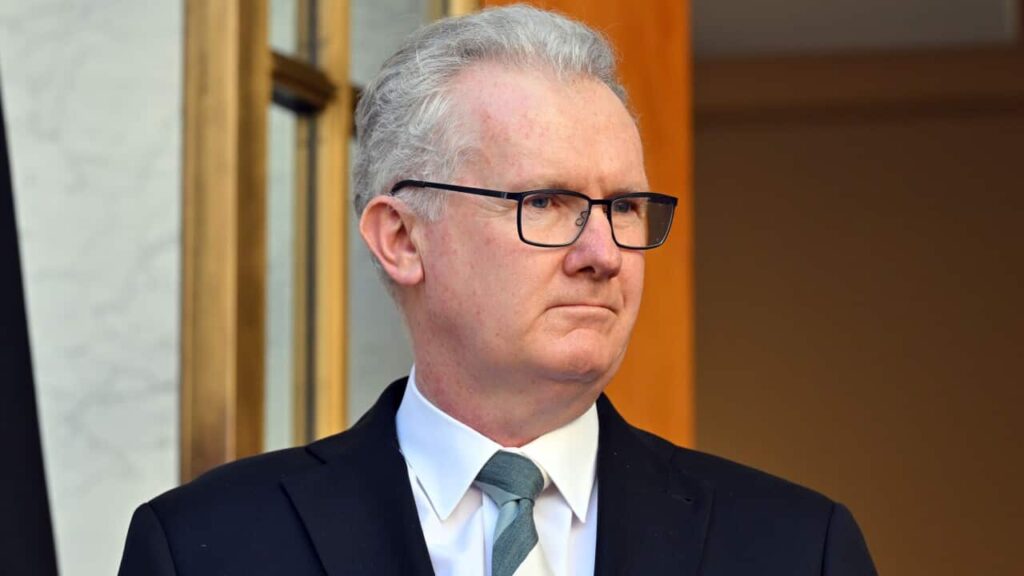
The Australian government has confirmed that the annual cap on permanent migration will remain unchanged at 185,000 places. This decision, announced on Tuesday morning, ensures that the 2025-2026 intake will mirror the 2024-2025 program, with a continued emphasis on skilled migration.
According to government officials, extensive consultations with states and territories informed the decision to maintain the current size and composition of the migration program. The Department of Home Affairs has been processing visas based on last year’s levels, indicating no operational changes to the program.
Public Response and Protests
The announcement comes amid a backdrop of public protest, with thousands marching across Australia over the weekend. Demonstrators expressed concerns about what they perceive as excessively high levels of immigration. The government’s decision to maintain the cap is likely to further fuel this national debate.
Recent data from the Australian Bureau of Statistics reveals that Australia recorded a net overseas migration of 446,000 people in the 12 months leading up to June 30, 2024. Notably, temporary students comprised the largest group of arrivals, with 207,000 individuals entering the country.
Focus on Skilled Migration
The emphasis on skilled migration aligns with the government’s broader economic strategy. By prioritizing skilled workers, the government aims to address skill shortages and bolster economic growth. This approach has been a cornerstone of Australia’s migration policy for several years.
Education Minister Jason Clare recently announced a National Planning Level of 295,000 international student places for 2026. This initiative seeks to manage the growth of international student numbers in a “sustainable” manner, reflecting the government’s commitment to balancing economic needs with social considerations.
Historical Context and Expert Opinions
Historically, Australia’s migration policy has been a subject of intense debate. The country has long relied on migration to fuel its economic engine, yet the social implications of high migration levels have sparked ongoing discussions.
According to Dr. Jane Smith, a migration policy expert at the University of Sydney, “Australia’s migration program is crucial for addressing demographic challenges and supporting economic growth. However, it is essential to ensure that the program is sustainable and aligned with the country’s capacity to integrate new arrivals.”
“Australia recorded net overseas migration of 446,000 people in the 12 months to 30 June 2024.”
Looking Ahead
As the government maintains its current migration cap, the focus will likely remain on balancing economic needs with public sentiment. The ongoing debate around migration levels underscores the complexity of formulating policies that satisfy diverse stakeholders.
Moving forward, the government may need to engage in further consultations and consider adjustments to its migration strategy to address both economic imperatives and public concerns. The outcome of these discussions will shape Australia’s demographic and economic landscape in the years to come.





